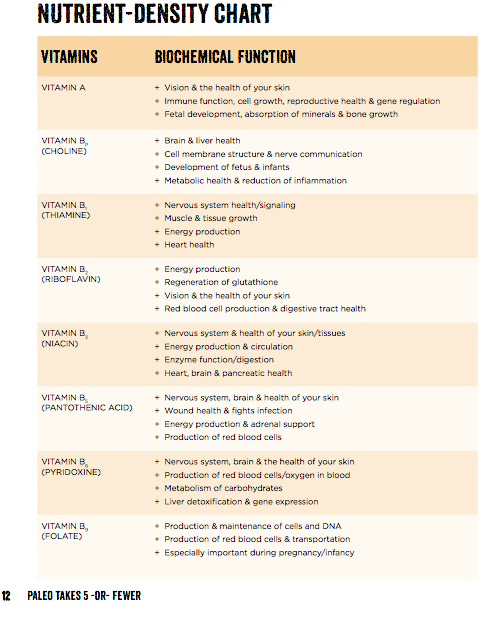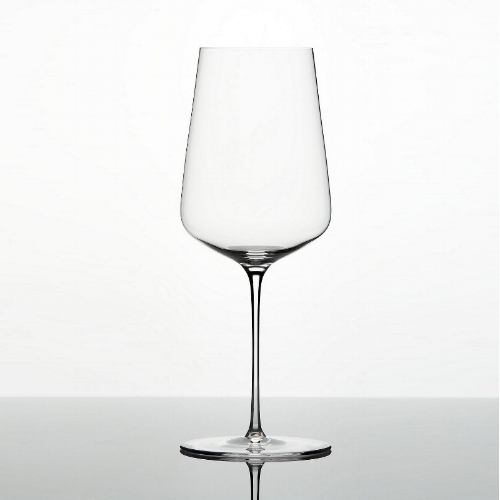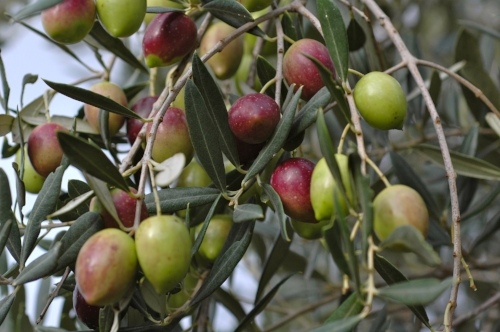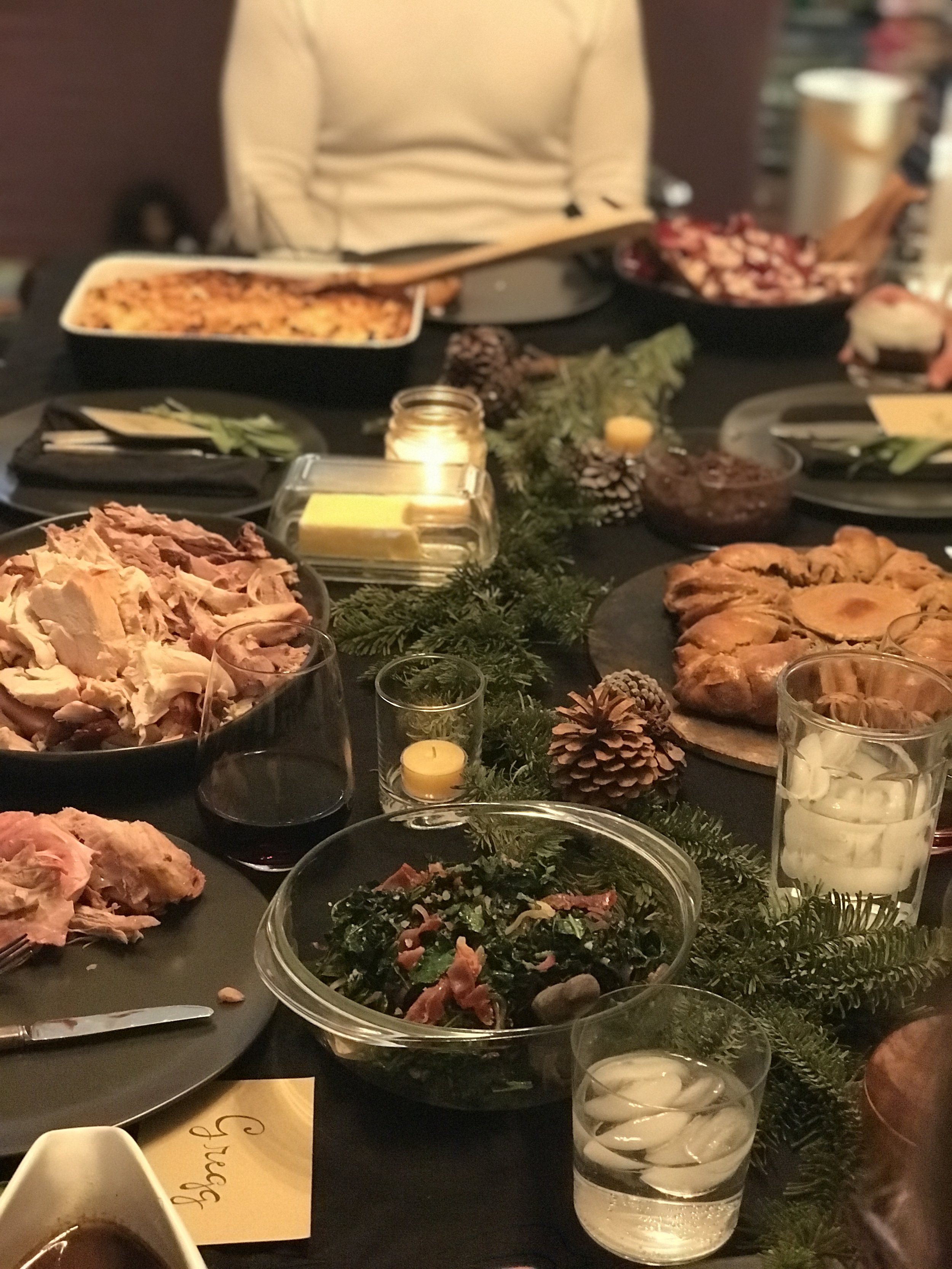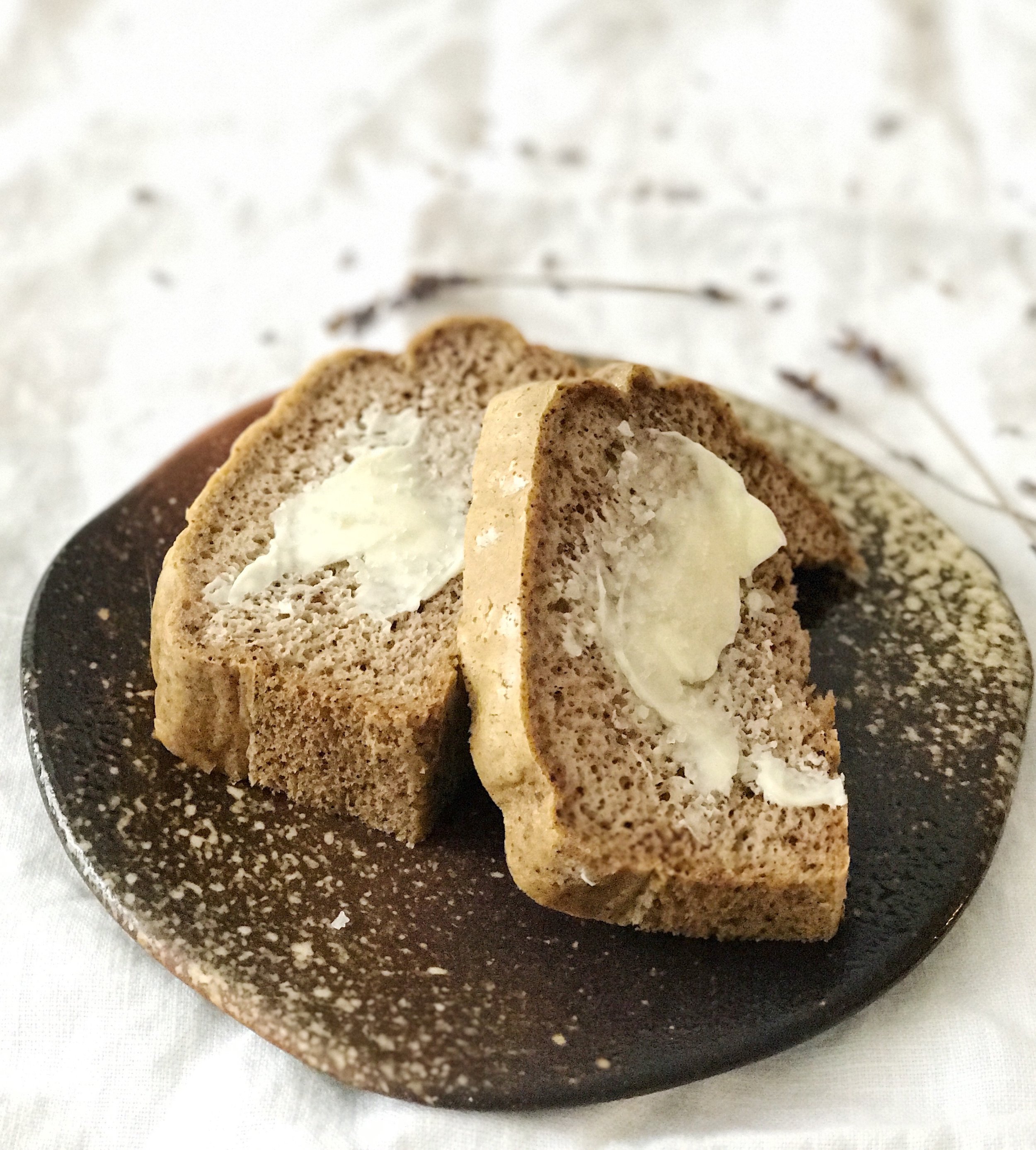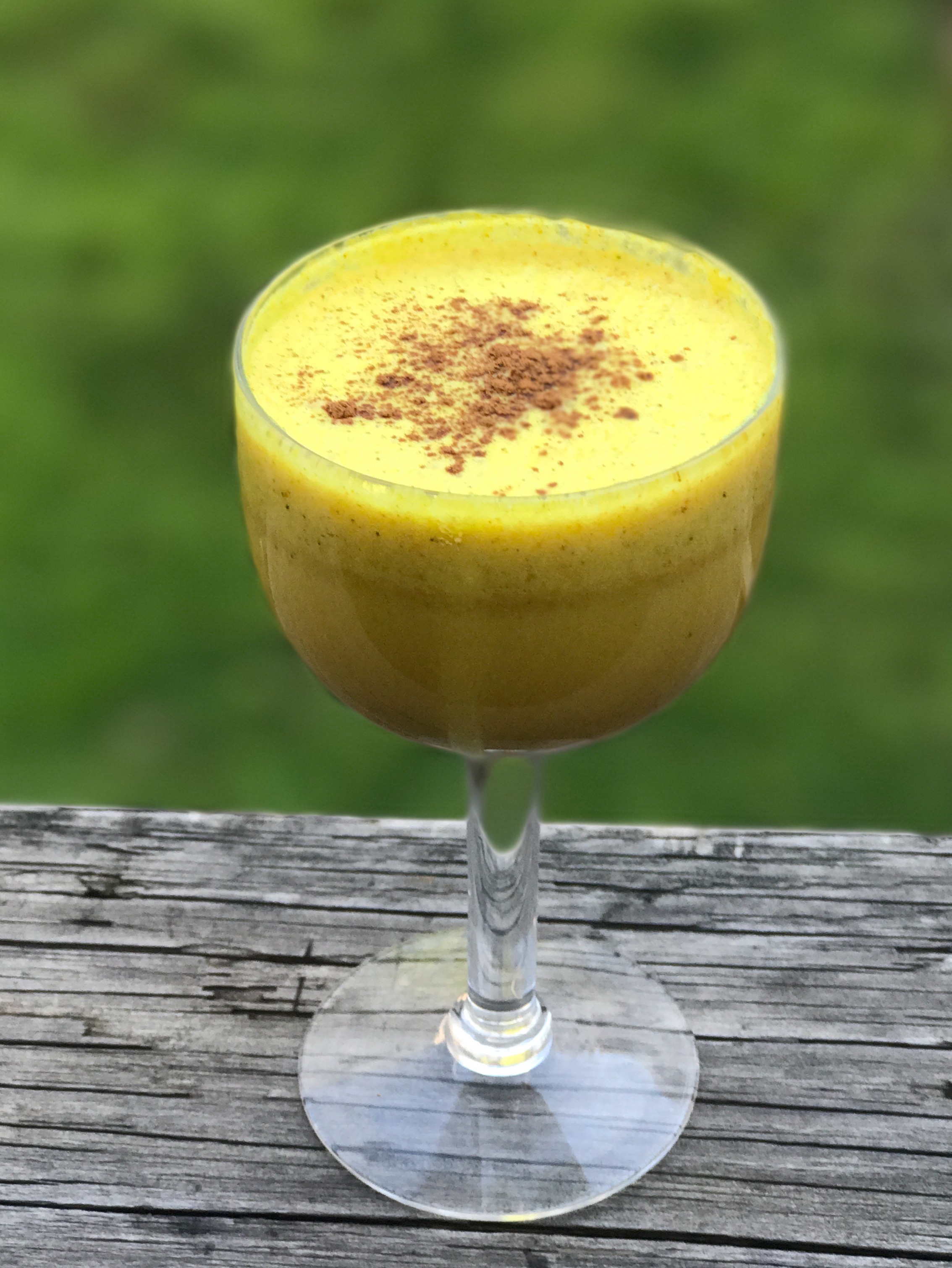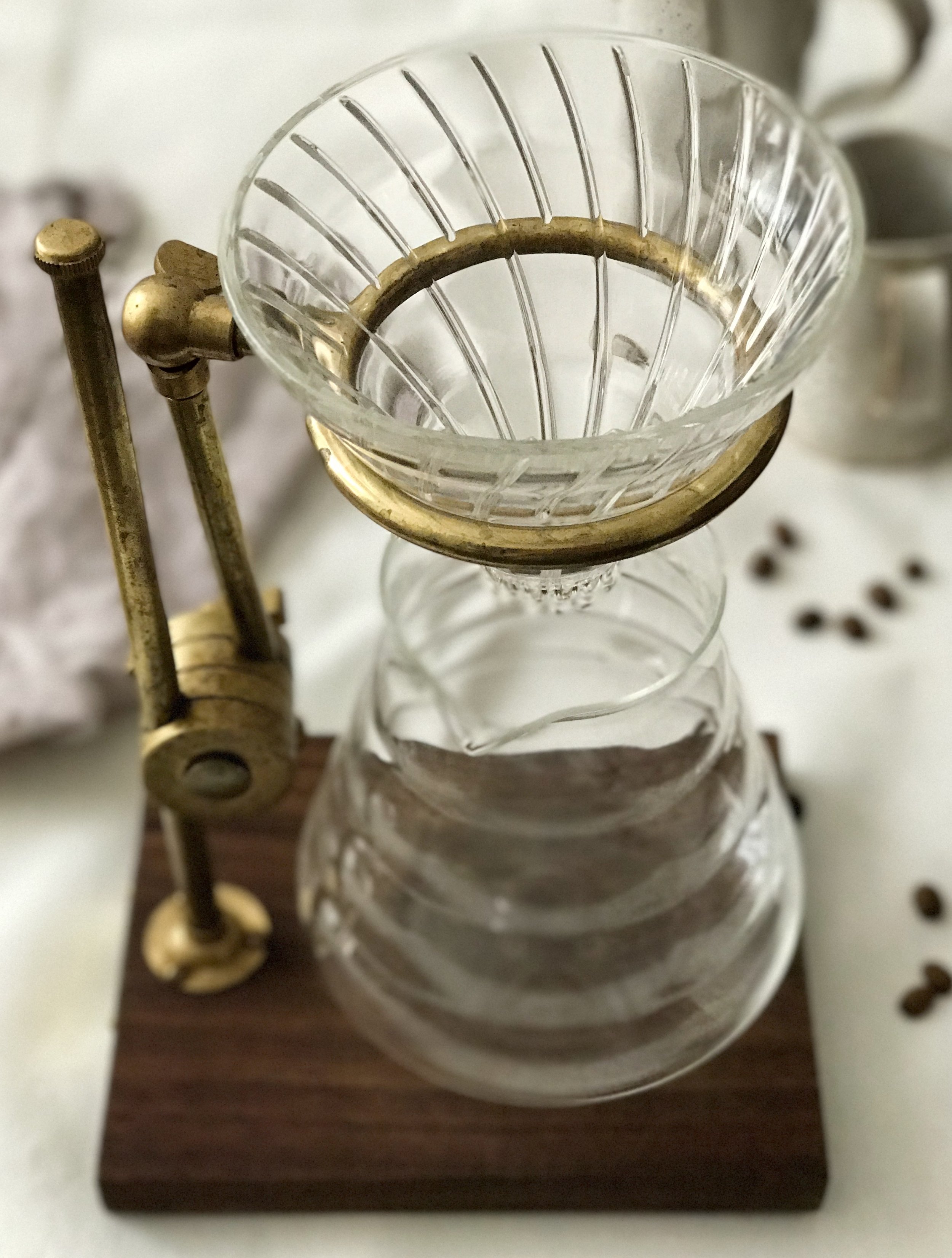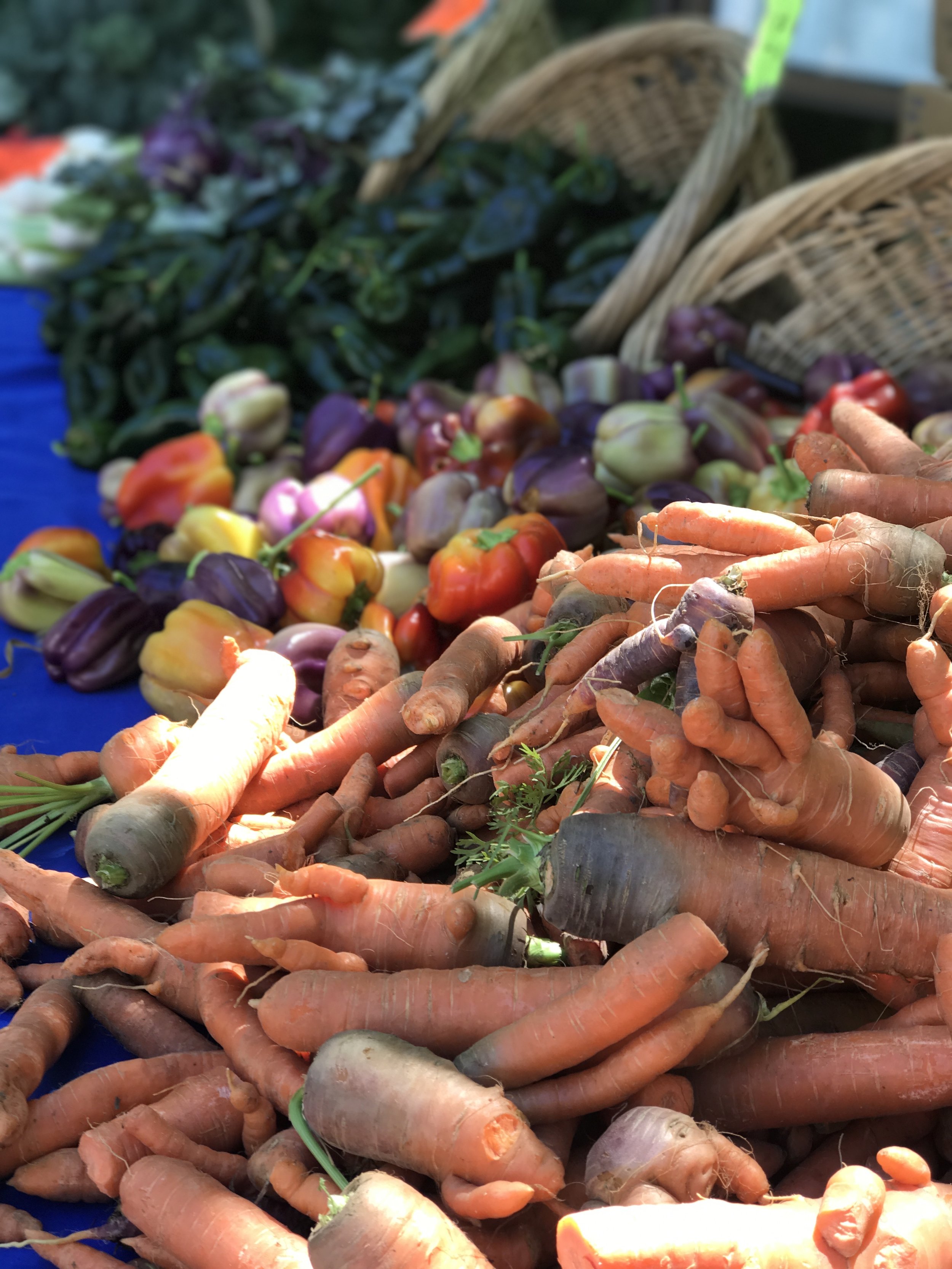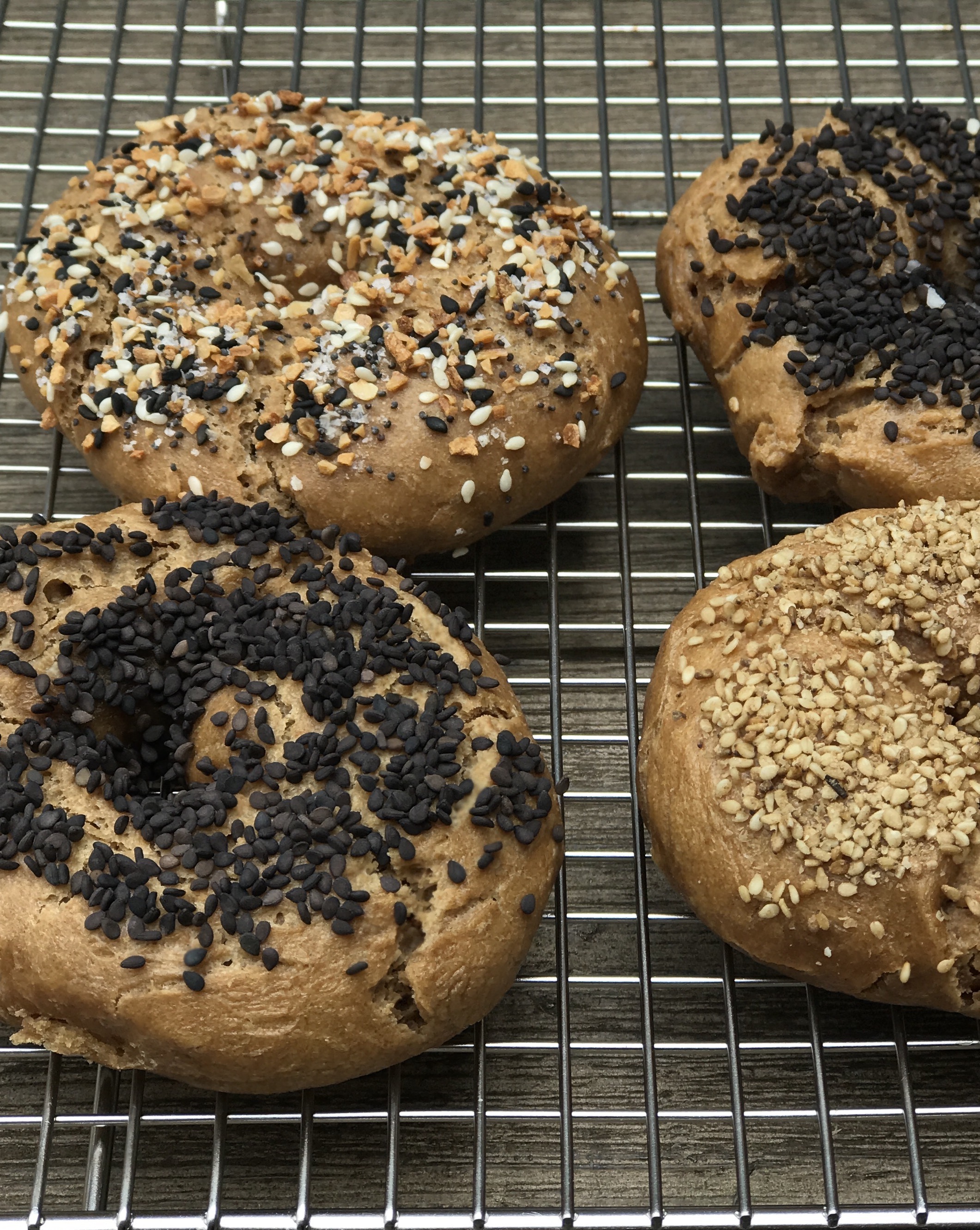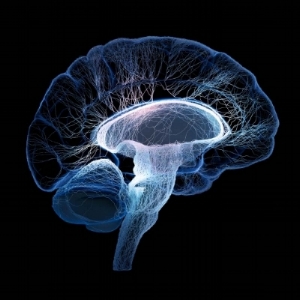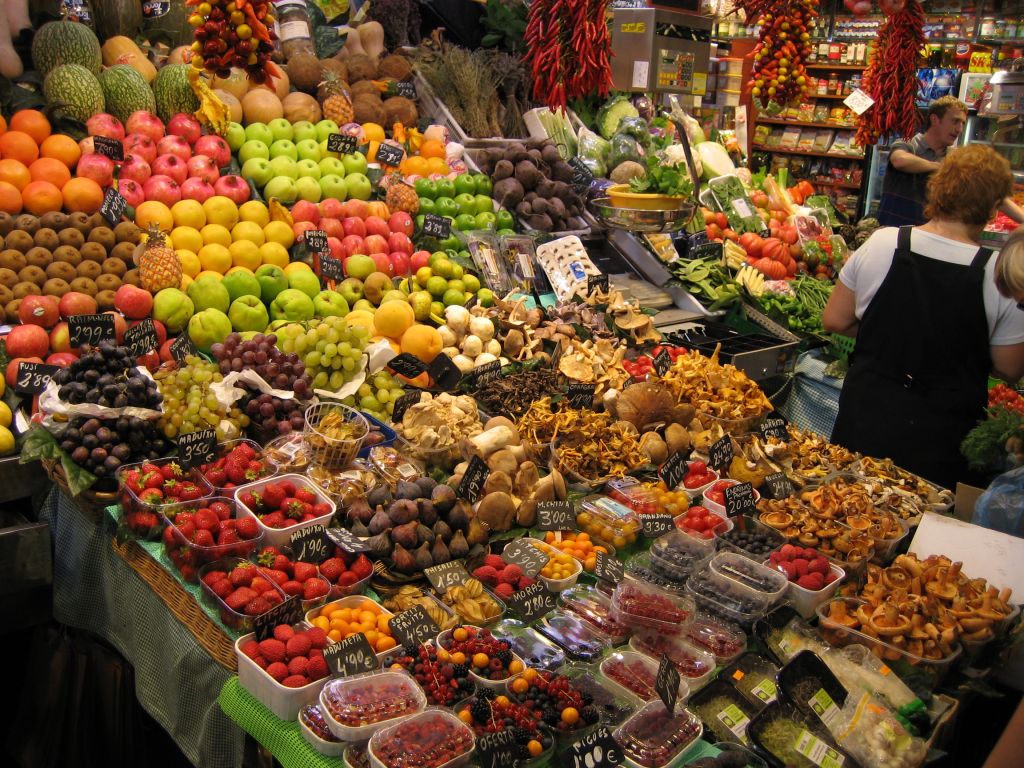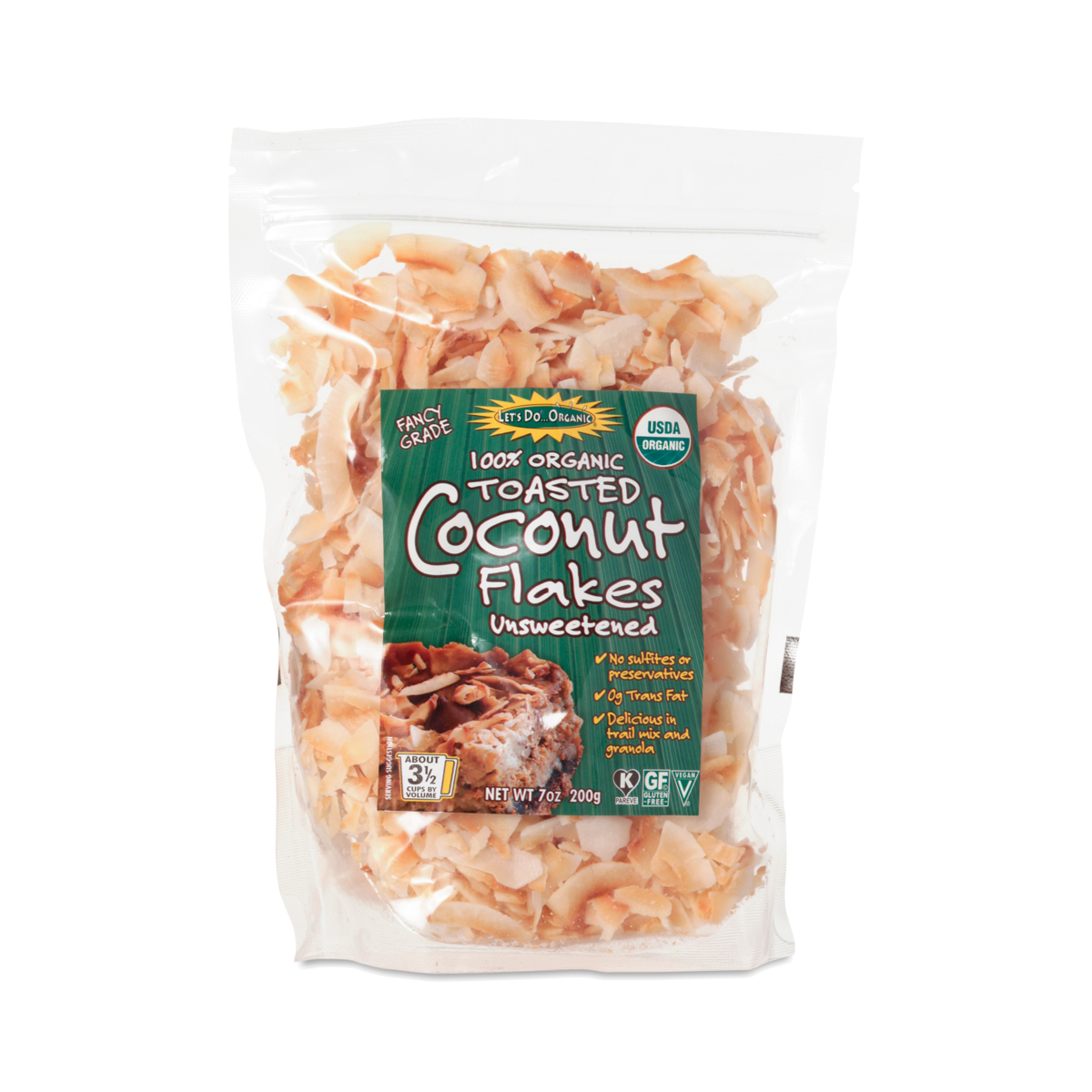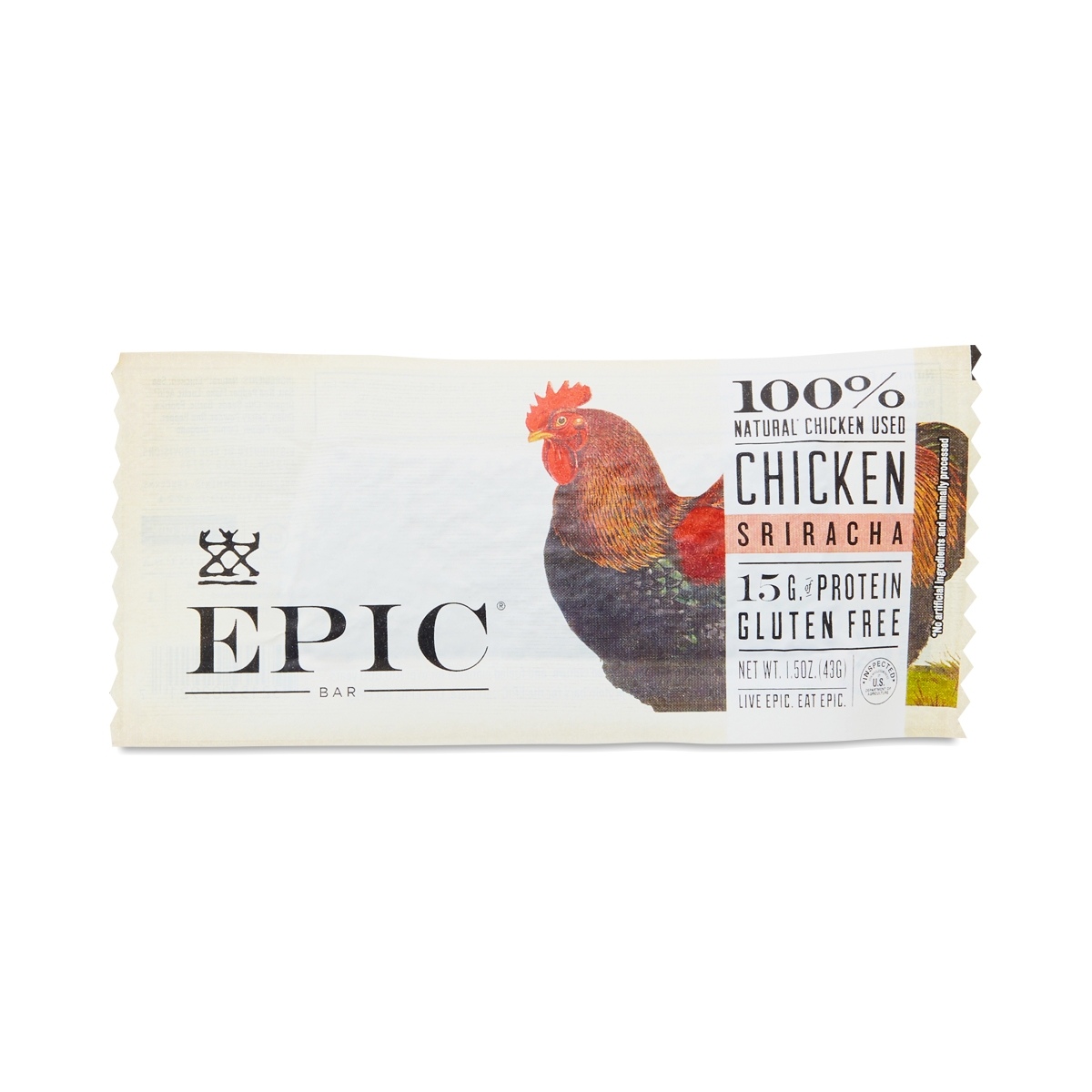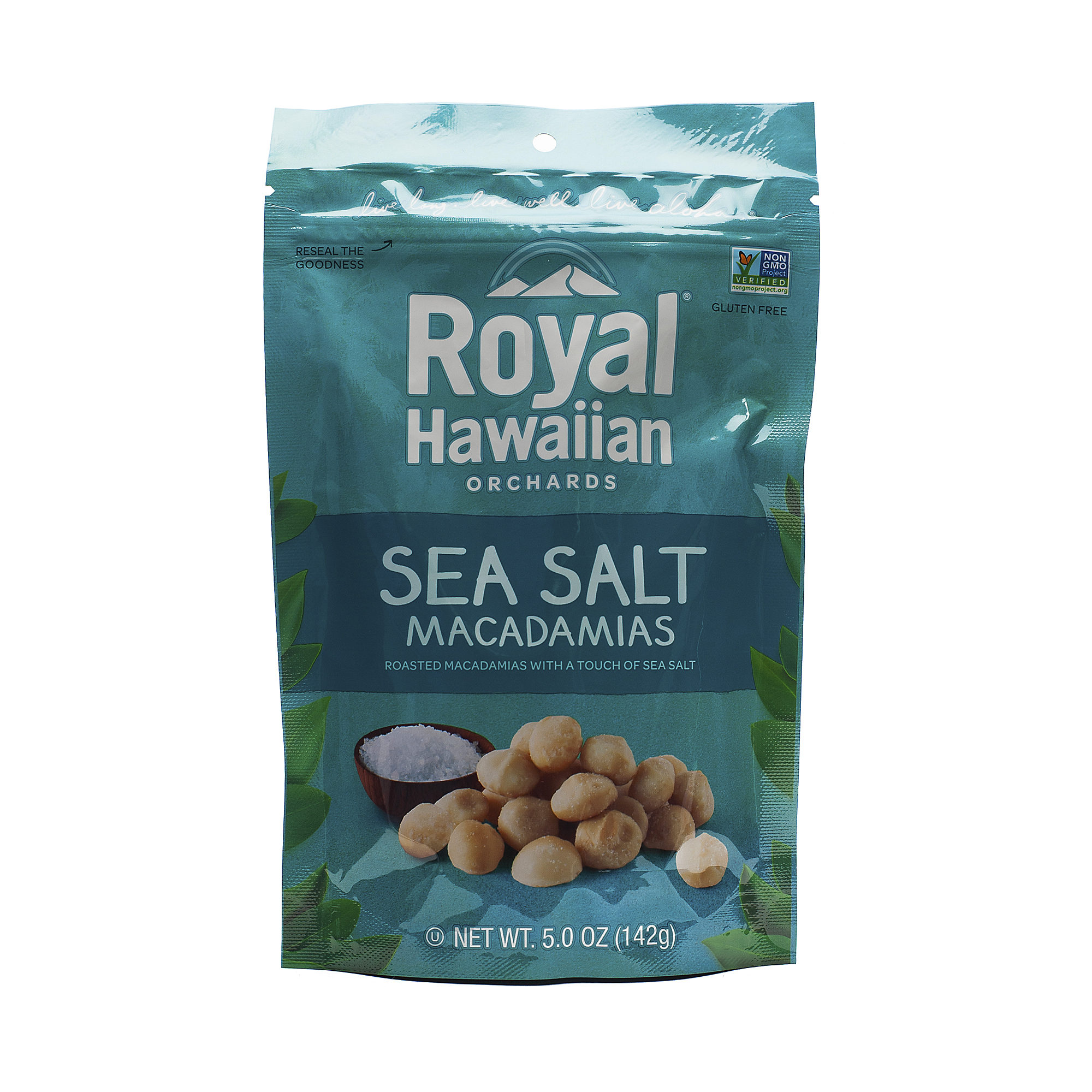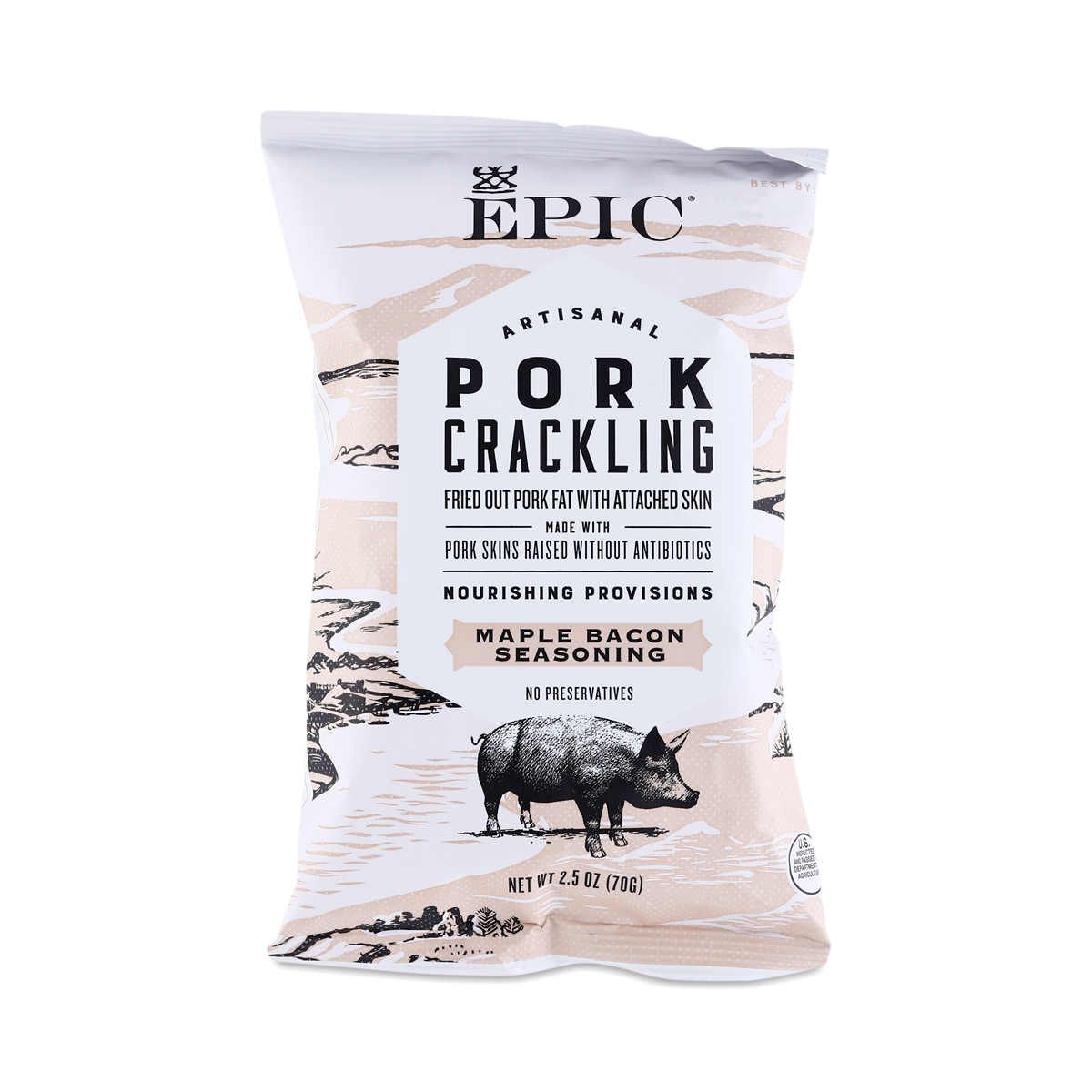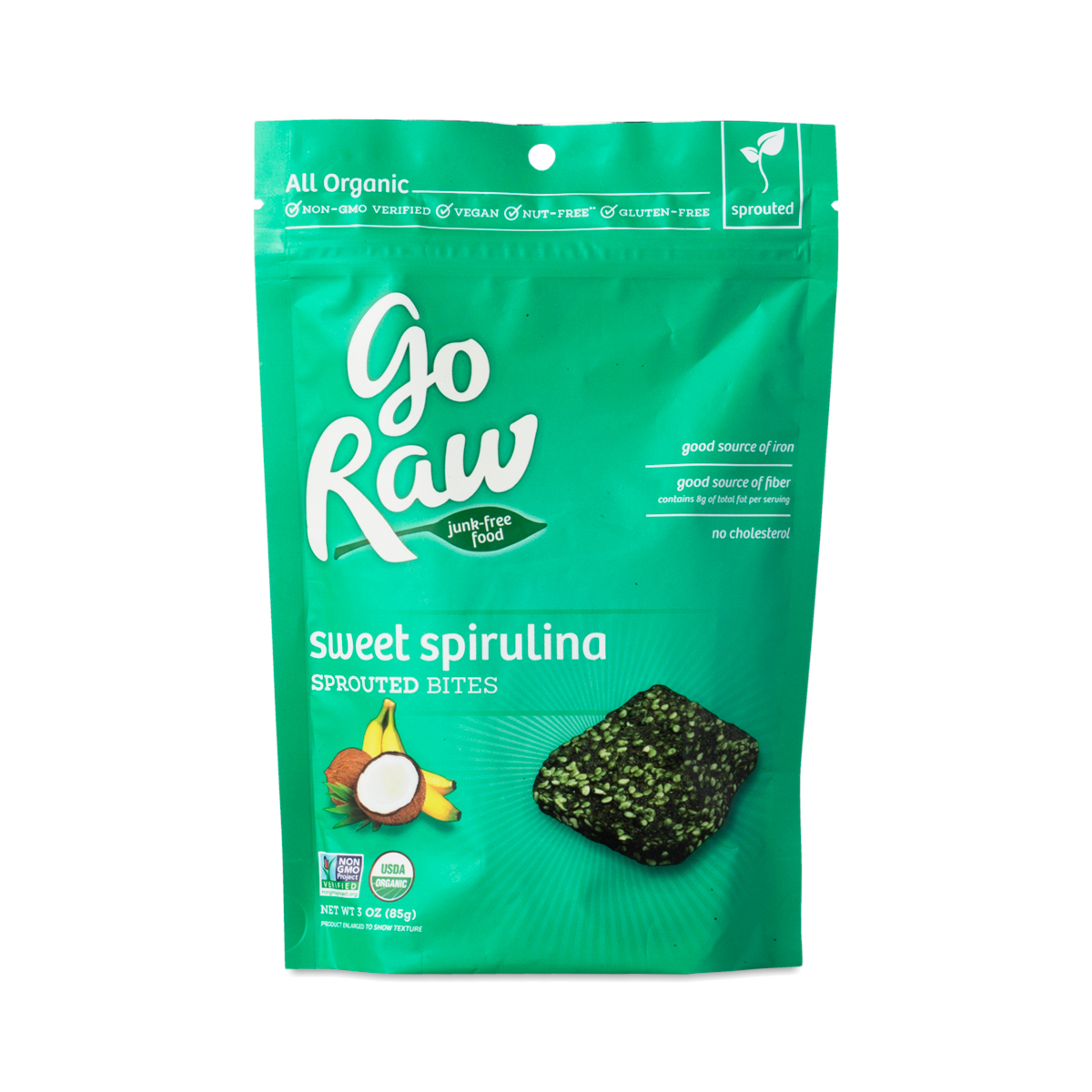“Famous Chunkies” by Alex Solis
In most cases, variability in life is to be expected. We all go through periods of highs and lows and one of the keys to finding internal happiness is to be OK with both ends of the spectrum, knowing neither will last forever. With respect to glycemic variability, however, this is far from the case. Aside from inflammation, glycemic variability is one of the most important bio-markers we should be giving some attention to.
What is glycemic variability?
It refers to the swings in blood glucose levels that occur throughout the day. This includes fluctuations that happen during hypoglycemic periods, postprandial increases (after eating) and changes occurring at the same time on different days. Basically, it is your body’s ability to process the consumption of carbohydrates. When this fluctuates too much and blood sugar gets too high, the body has two options. It can either store it in the muscles as a potential energy source or store it as fat. For those who are mostly sedentary, that excess energy will turn into excess fat.
You may be wondering what types of foods can contribute to this variability. Sugar may be the first thing to come to mind, but in all reality, sugar, as we commonly think about, i.e., candy and soda, isn’t necessarily the only culprit here. All sugars end up becoming converted to glucose and the body really doesn’t care where it comes from. Even vegetables contain some amount of sugar. Regardless of the glucose source, an excess of it will cause an imbalance in blood glucose levels and begin to cause problems. Don’t get the wrong idea and begin swapping your kale for donuts. Along with sugars, different foods carry in them different nutrient levels and in the long run, we should always opt for those with the greater nutrient density (raw honey v. cane sugar, sweet potato v. pasta). This may seem obvious, but I would be remiss not to mention it.
This means eating too much and/or too often and not moving frequently enough are two major contributors to the extra layers of fat you may be holding on to. In addition, every individual is unique and will have a different response to specific foods. For example, while one person may do well with eating rice, it may shoot another person’s blood glucose levels through the roof.
(Of course there are other confounding factors to this. Not getting enough good quality sleep is a biggie as is too much stress and an overwhelming toxic load).
Back to glycemic variability. There are some ways to take control of it. Here are our top 8 tips.
Strength train. This will increase your body’s ability to drive glucose into the muscles.
Workout in a fasted state in the morning. Studies show this can increase metabolic rate and burn more energy throughout the day.
Move vigorously before eating. Just 30 seconds of high intensity exercise will help regulate blood sugar. Think 30 seconds of burpees, sprints, and/or squat jumps.
Move after eating. This could mean a leisurely post-meal walk or as we like to do at home, a post-dinner mini dance party.
Move all day long. While a dedicated workout is great, moving all day long may be just as good or even better. Set your office or home up for success with plenty of opportunity to keep physically active throughout the day. If you need some ideas on how to accomplish this, send us a note.
Add glucose regulating herbs and spices to your diet. Ceylon cinnamon, berberine, rock lotus and bitter melon extract are all natural ingredients that can regulate high blood sugar. You can opt to take some of these in the form a supplement as well. We like Lean. (No affiliation).
Add fiber to your diet. Not only will it help keep your colon clean, it will also help regulate glycemic variability.
Take a Robb Wolf’s 7-day carb test to determine your tolerance for certain foods. Robb Wolf is a 2x New York Times bestselling author of The Paleo Solution and Wired to Eat. He is a former research biochemist and one of the world’s leading experts in Paleolithic nutrition.
So there you have it. If you’d like more information on glycemic variability, sleep, stress and other factors that may be getting in the way of fat loss, please feel free to contact us.






